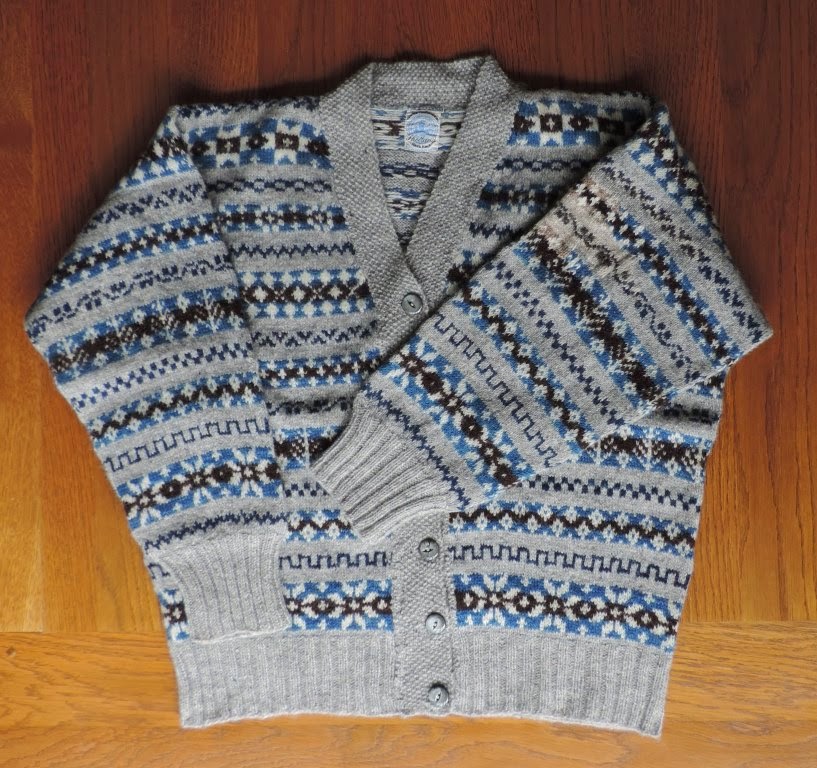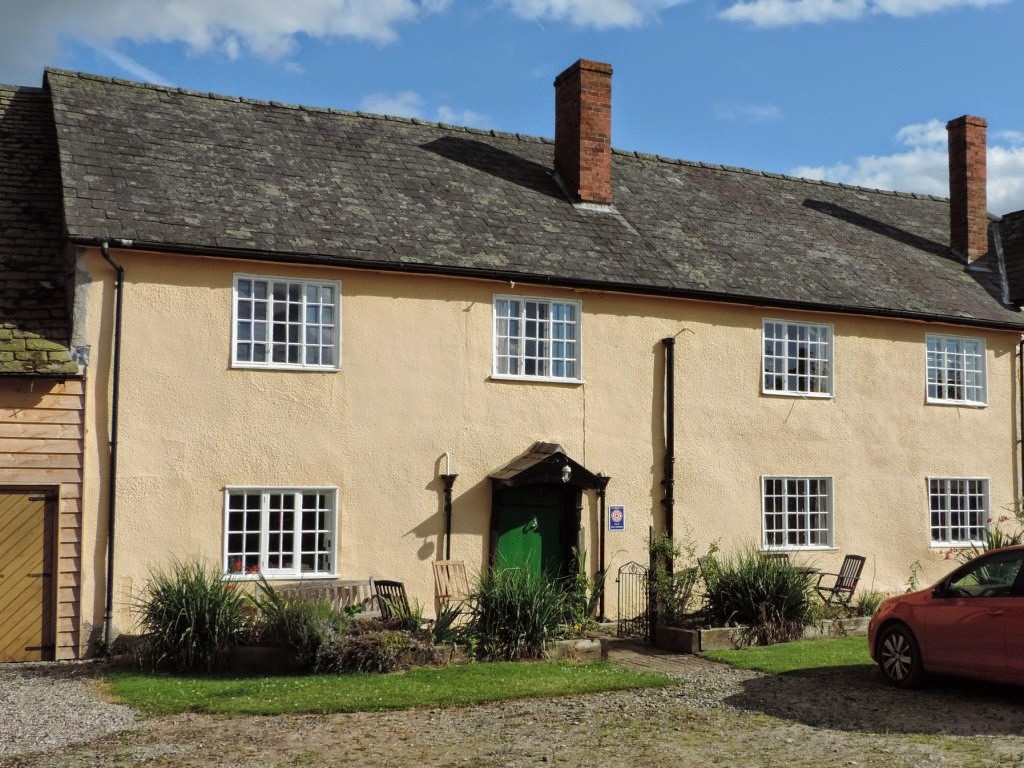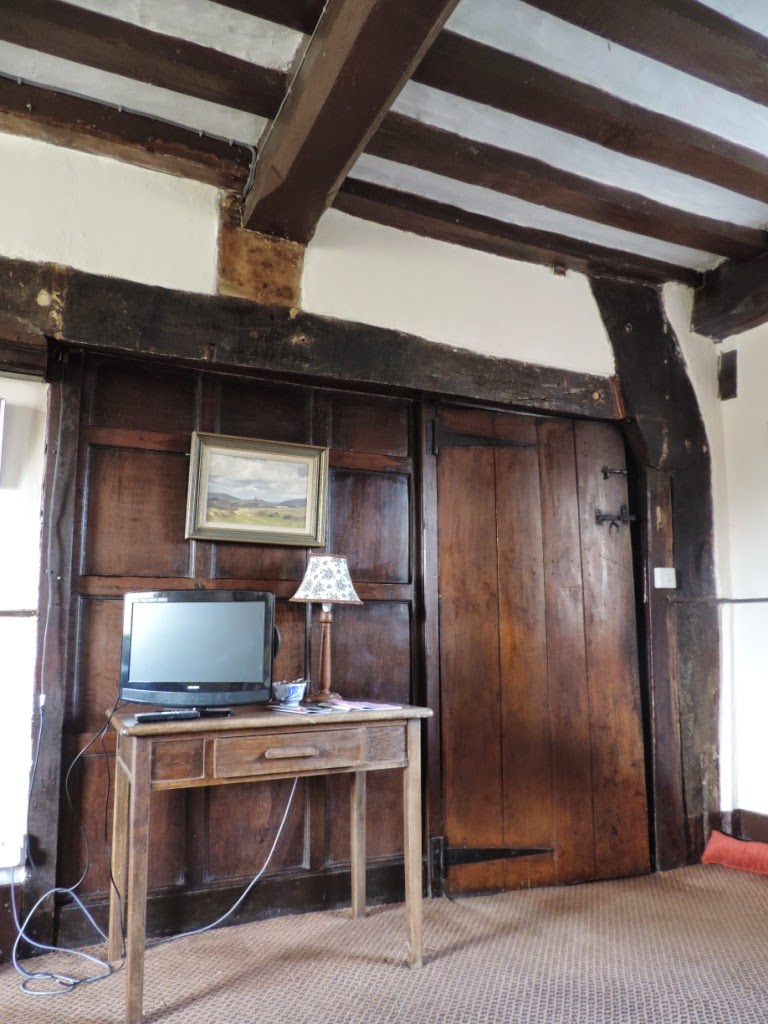It's Hook & Needle Week at Lee Mills - we are sorting out the knitting needles (thousands of those), crochet hooks, and related tools and gadgets in the Knitting & Crochet Guild collection. I might write about some of the knitting needles another time - it would be very easy to get very geeky about them.
One of the things that caught my eye is a 1950s box, originally containing a kit for French knitting. There was a bobbin, a pin and six little balls of rainbow wool. Some of the balls of wool have been depleted, so presumably the kit has been used, and the bobbin and pin are gone, but the box lid is very evocative of the 1950s - I used to do French knitting occasionally, though never produced enough to actually make anything.
In fact, the kit was completely unnecessary. In those days cotton reels (the bobbins for sewing thread) were wooden, so you could easily get 4 nails hammered into the top, and have something very like the bobbin illustrated on the box. Most yarn shops sold little balls of rainbow wool just like the ones from the box. I can't remember what I used for a pin, but it was something easily available, not something you had to buy. But the box is nice.
Puzzle Corner: we have two objects that look like knitting needles, but with a curve at the non-pointed end. They are probably plastic, possibly on a metal core, and the knobs are metal too. There is no brand name or inscription of any kind. We don't know if they are anything to do with knitting, or even if they are a pair - maybe they were designed to be used individually. Anyone have any idea what they are?
One of the things that caught my eye is a 1950s box, originally containing a kit for French knitting. There was a bobbin, a pin and six little balls of rainbow wool. Some of the balls of wool have been depleted, so presumably the kit has been used, and the bobbin and pin are gone, but the box lid is very evocative of the 1950s - I used to do French knitting occasionally, though never produced enough to actually make anything.
In fact, the kit was completely unnecessary. In those days cotton reels (the bobbins for sewing thread) were wooden, so you could easily get 4 nails hammered into the top, and have something very like the bobbin illustrated on the box. Most yarn shops sold little balls of rainbow wool just like the ones from the box. I can't remember what I used for a pin, but it was something easily available, not something you had to buy. But the box is nice.
Puzzle Corner: we have two objects that look like knitting needles, but with a curve at the non-pointed end. They are probably plastic, possibly on a metal core, and the knobs are metal too. There is no brand name or inscription of any kind. We don't know if they are anything to do with knitting, or even if they are a pair - maybe they were designed to be used individually. Anyone have any idea what they are?





































































